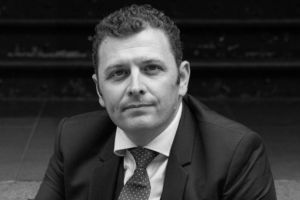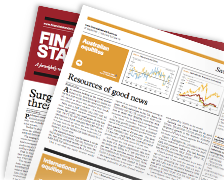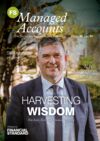Dividends up but share buybacks fall: Janus HendersonBY ELIZA BAVIN | WEDNESDAY, 24 APR 2024 12:03PMGlobal companies spent $181 billion less on share buybacks in 2023 compared to 2022, according to Janus Henderson's latest annual share buyback study. The $1.11 trillion total was $181 billion lower than in 2022, a significant decline of 14% year-on-year and large enough to take 2023's buybacks below the 2021 total, too. However, the study said the decline comes from a very high base and leaves the annual total still well above pre-pandemic levels. US companies were the biggest buyers of their own shares, totalling $773 billion in 2023 and accounting for $7 in every $10 globally. However, they also made a disproportionately large reduction; US buybacks fell by $159 billion last year, down by 17% year-on-year. US technology companies cut back the most, spending $69 billion less than the previous year. Among these, Microsoft and Meta reduced buybacks by almost one third, and Apple by one seventh. Outside the US, companies in the UK were the biggest buyers of their own shares, accounting for $1 in every $17 of the global total in 2023. Companies in Asia Pacific ex-Japan were the least likely to conduct buyback programmes, Janus Henderson said. The big year-on-year reduction (down 40%) mainly reflected lower share buybacks by Australia's large banks, more than offsetting increases in Hong Kong and South Korea. Janus Henderson head of global equity income Ben Lofthouse said many companies use buybacks as a release valve to return excess capital to shareholders without setting expectations for dividends that might not be sustainable long term. "This is especially appropriate in cyclical industries like oil or banking. That flexibility explains why buybacks are more volatile than dividends. It also means there is no real evidence that buybacks are taking over from dividends," Lofthouse said. Lofthouse said higher interest rates have played a role in the decline of buybacks. He said when debt is cheap it makes sense for companies to borrow more and use the proceeds to retire expensive equity capital. "With rates at multi-year highs, that calculation is more nuanced; some companies are paying down debt at this point in the cycle, using cash that might otherwise have gone to buybacks, but very few are cutting dividends as our forthcoming Global Dividend Index will show," Lofthouse said. "It's tempting to extrapolate a new trend of decline for buybacks. But one down year from multi-year highs is not evidence that this is happening. It is all about companies finding the appropriate balance between capital expenditure, their financing needs and shareholder returns via dividends, buybacks or both." Related News |
Editor's Choice
Janus Henderson acquires NBK Wealth, Tabula Investment Management
ART names advice and education leads
Men, women in same occupation drive pay gap
Macquarie Group profits falls 32% to $3.52bn
Products
Featured Profile

Robert De Dominicis
GBST HOLDINGS LIMITED
























